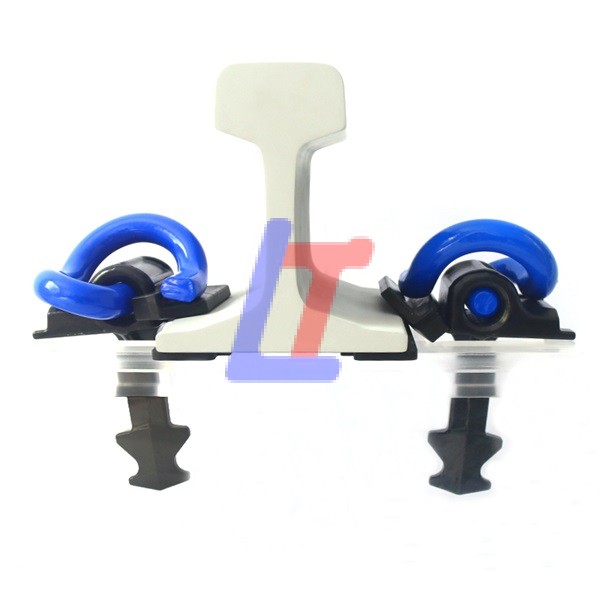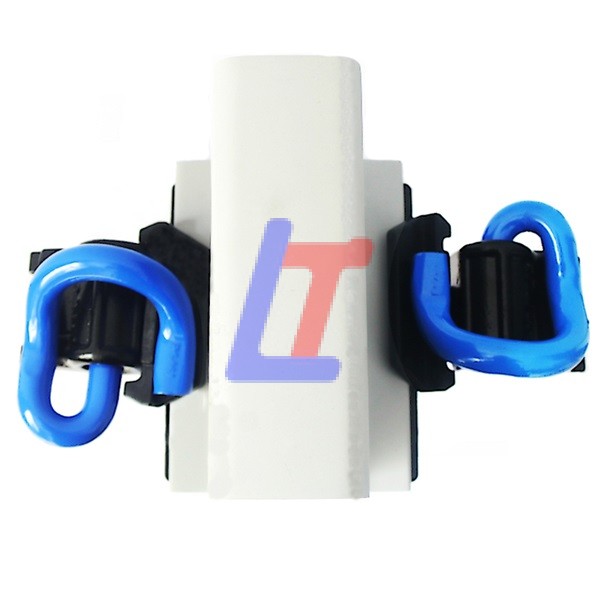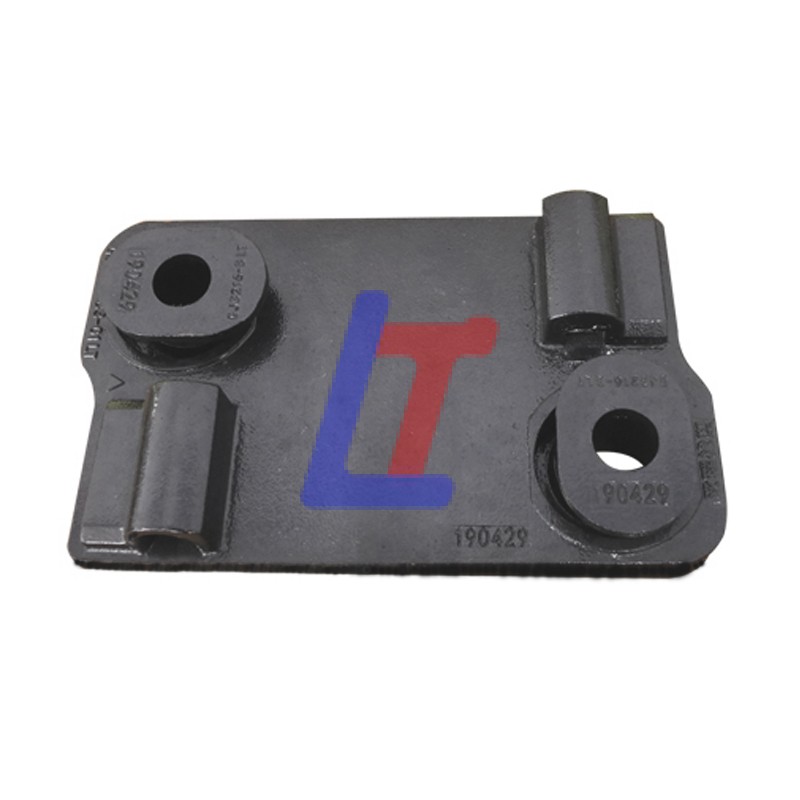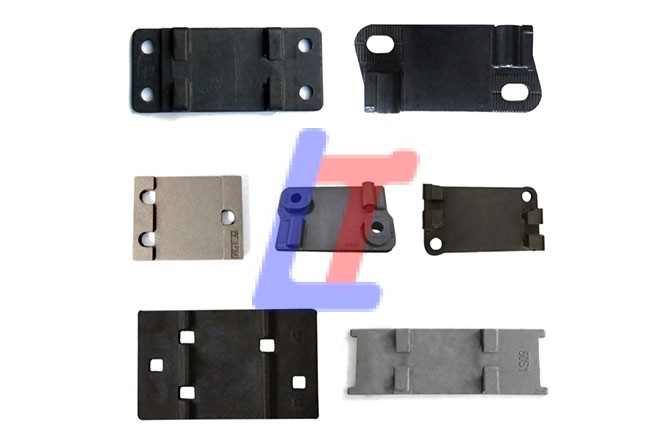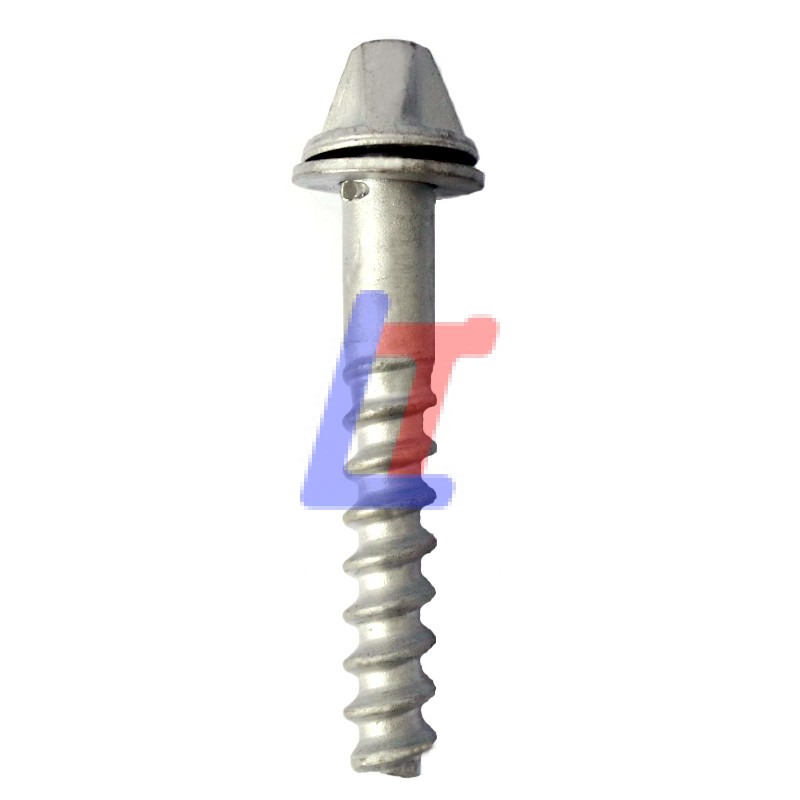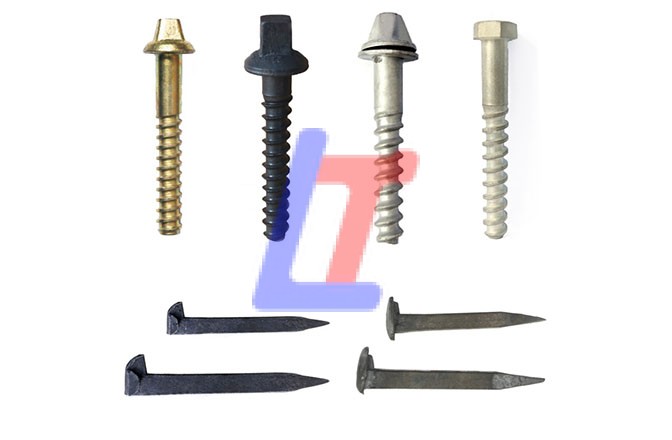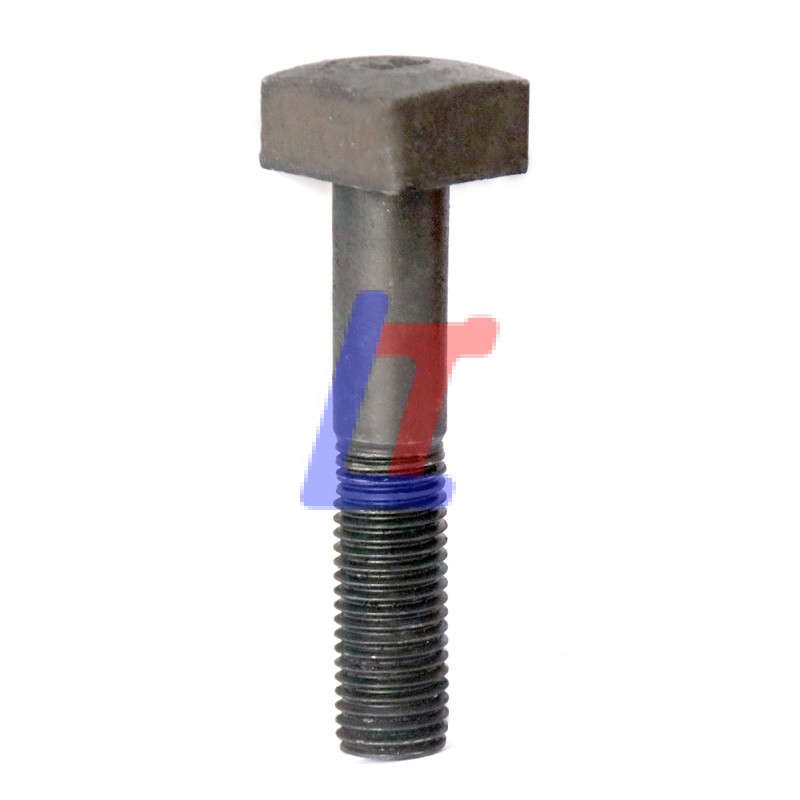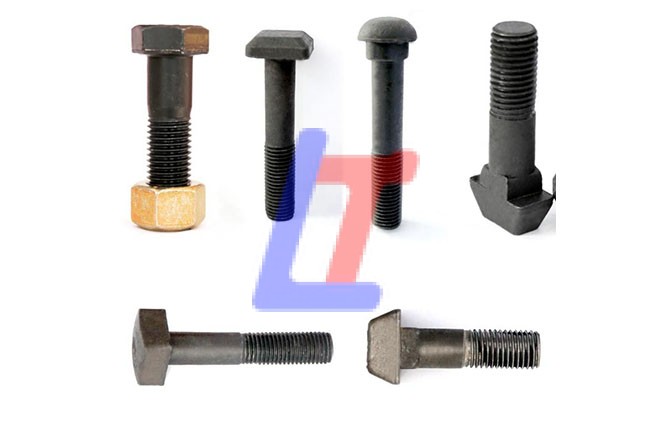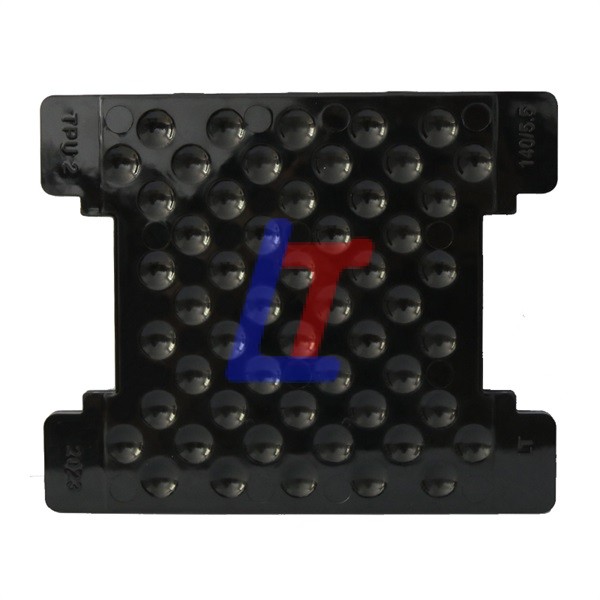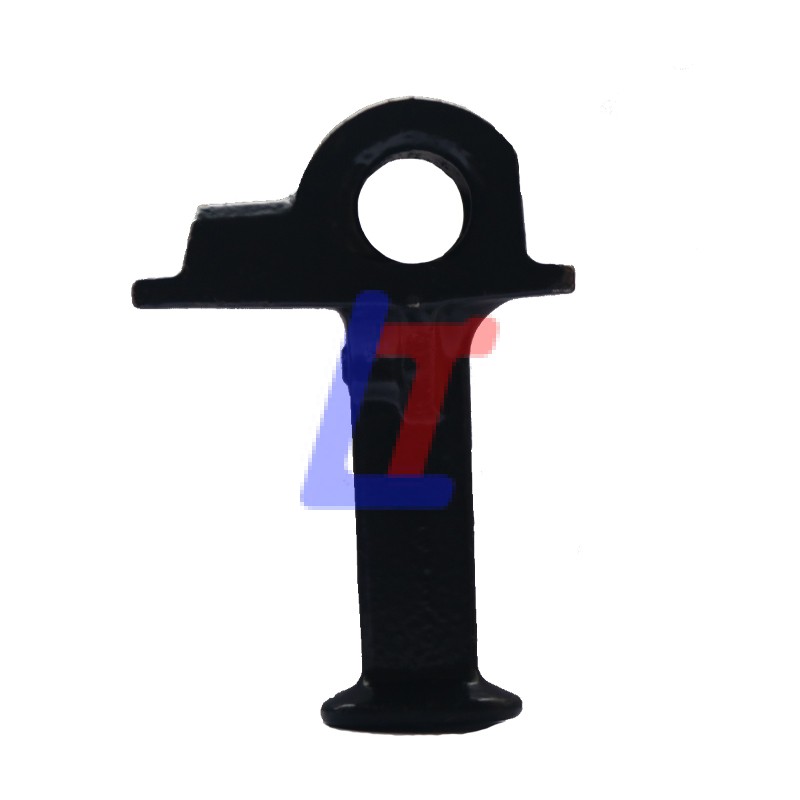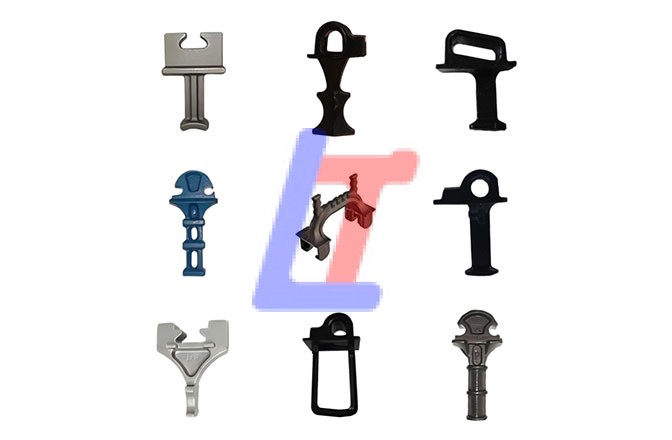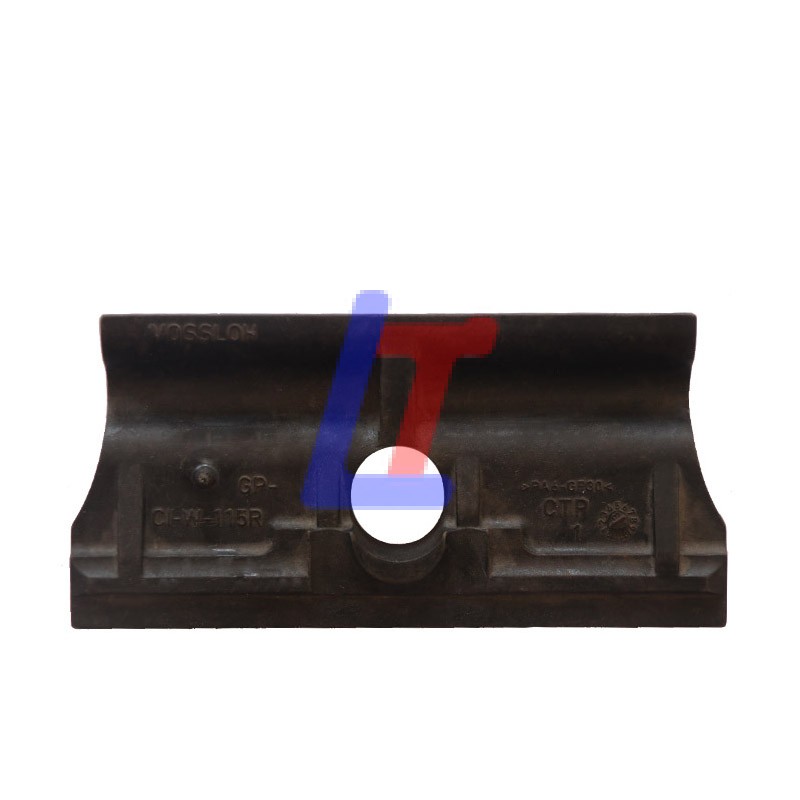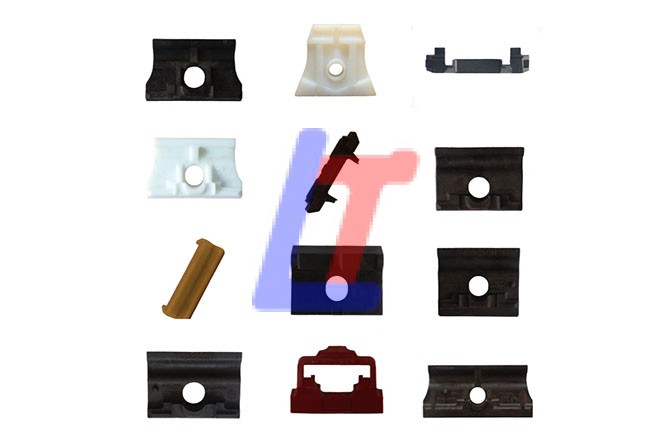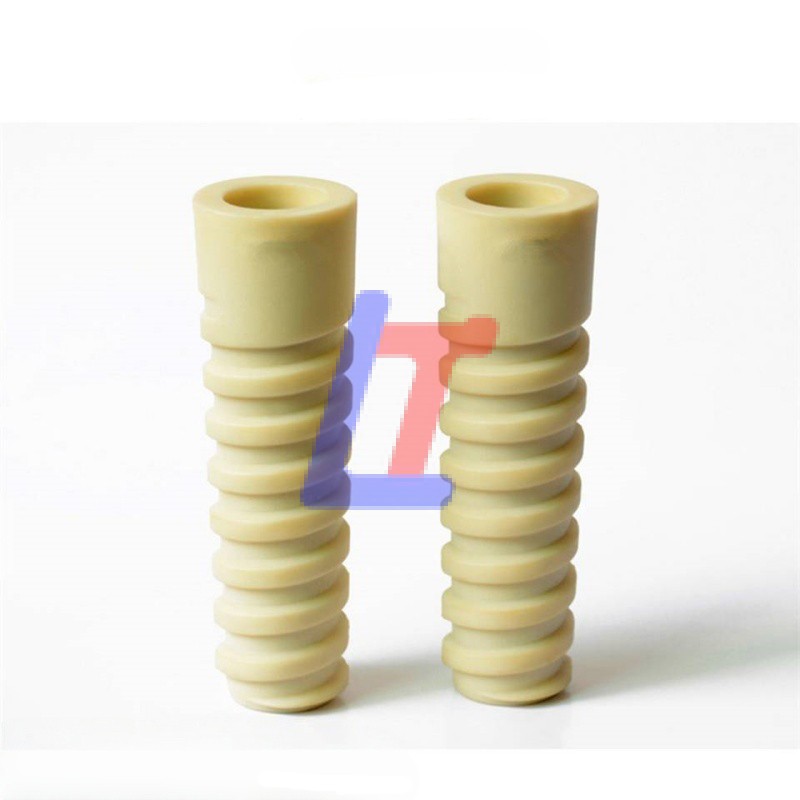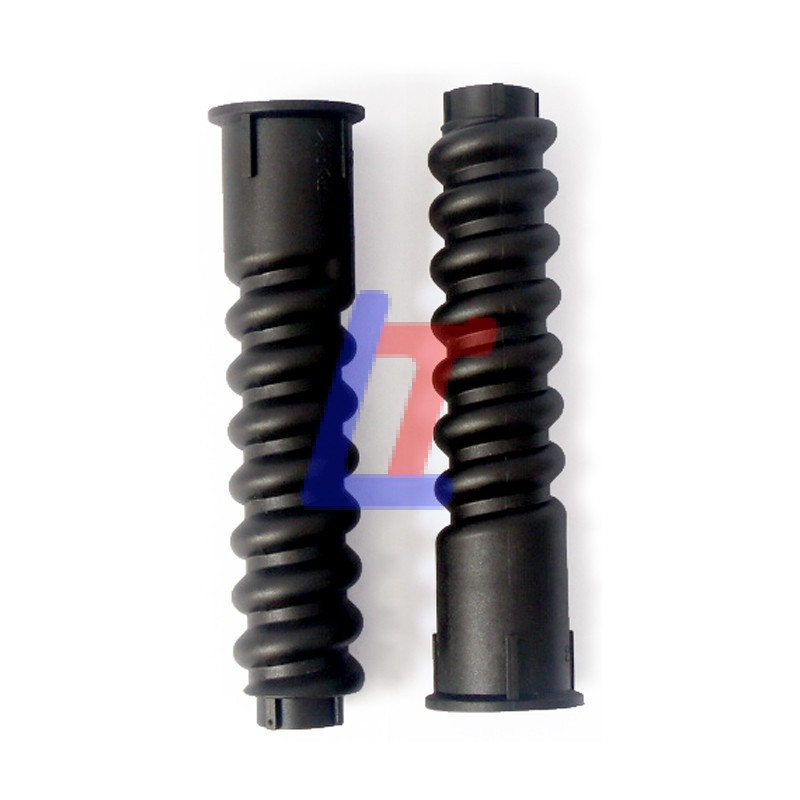Workers install a rail tie plate (also known as a base plate or sole plate) between the rail and railroad tie (or sleeper). It serves several key functions in railway construction and maintenance. Engineers categorize rail tie plates into three main types based on design and functionality: single shoulder tie plates, double shoulder tie plates, and hook twin tie plates. These plates are crucial components in railway tracks. Providing a stable and secure connection between the rails and the supporting ties.

Single Shoulder Tie Plates:
These plates feature a single raised edge (shoulder) on the field side of the rail, used to align and secure the rail.
Railway crews typically use them for lighter rail sections, ranging from 56lb to 100lb.
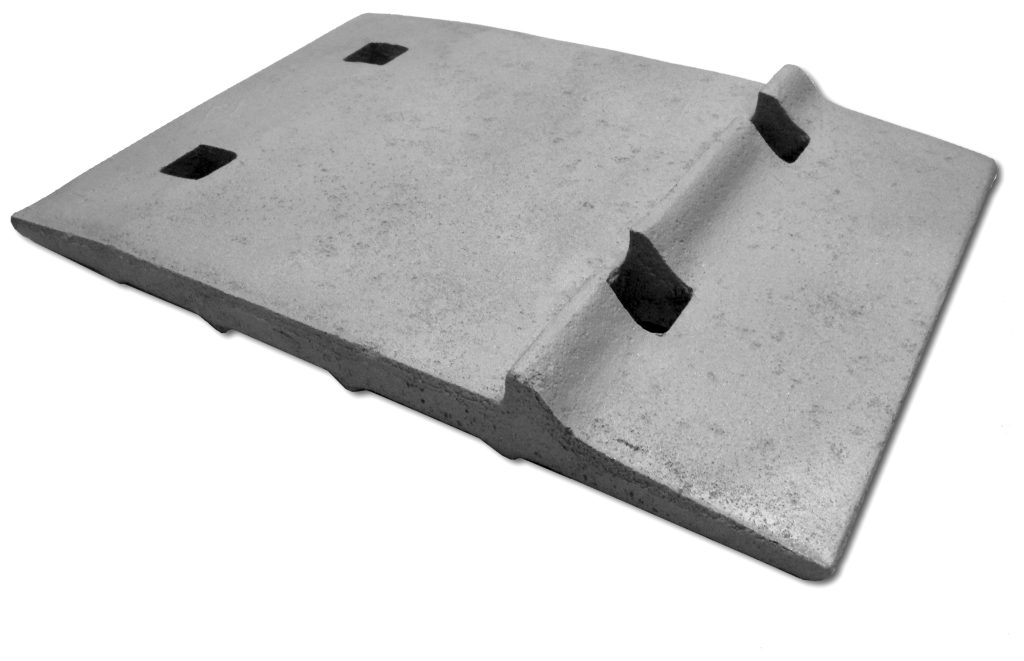
Double Shoulder Tie Plates:
These plates have two raised edges, with a sunken bed in the middle to accommodate the rail base.
In practice, railway engineers generally use them for heavier rails, particularly those exceeding 100lb.
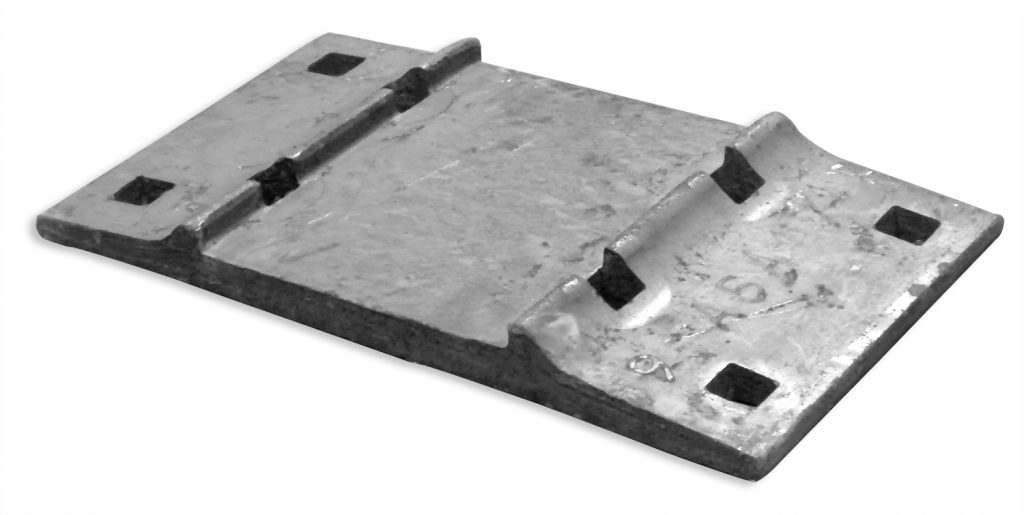
Hook Twin Tie Plates:
Primarily designed for use in turnouts, more specifically behind the switch point (frog).
Workers use them in pairs to secure the tie and maintain proper tie spacing.

Here’s a breakdown of its purpose:
Load Distribution: Tie plates help distribute the weight of the train and its cargo more evenly across the tie. Reducing stress and preventing the rail from cutting into the tie.
Secure Rail Gauge: They maintain the correct distance between the rails (gauge). Ensuring proper alignment and preventing the rails from shifting.
Prevent Rail Movement: Tie plates prevent the rails from moving laterally or vertically, which could lead to derailments or other safety issues.
Protect Ties: By providing a buffer between the rail and the tie, tie plates help prevent wear and damage to the tie, extending its lifespan.
Provide Cant: Engineers design some tie plates with a slight incline (cant) to better distribute the load and reduce stress on the rail and tie..
Secure Fastening: During track installation/maintenance, workers typically fasten tie plates to the tie using spikes or bolts. Thereby further securing the rail to the track and enhancing overall structural integrity.
Improve Stability: Notably, the shape and design of tie plates can significantly improve the overall stability of the track structure. Especially on curves and grades, where dynamic forces are most challenging.
Fundamentally, rail tie plates are a crucial component of a safe and reliable rail system. As they directly ensure proper alignment, stability, and longevity of the track through consistent load distribution.

